
April 2022 — Connecting with different communities is a unique opportunity to build networks, celebrate downtown successes, and exchange relevant and effective ideas learned from other places. Peer Community Comparisons are an opportunity to discuss the hopes and needs of each community and learn what was, or will be needed to implement change. These discussions are an opportunity for reciprocal learning between community leaders in peer places and contribute to on-going learning.
The peer community visit was an invaluable piece of our market analysis project. Our team was able to meet with practitioners to benchmark and learn about economic and community development concepts that are working in a community much like our own. The dialogue was rich and we came away from the process with tangible ideas that we could immediately apply to benefit our community.
–Kathy Schlieve, City Administrator, Waupun (April 2022)
How to Create Peer Community Comparisons
Peer Community Comparisons and First Impressions
Peer Community Comparisons are different from First Impressions. First Impressions focuses on a visual, experiential learning process. Peer Community Comparisons includes visual learning as well as connections with community leaders to explore administrative capacity as well as aesthetics. Communities can use this process, the First Impressions process, or both. The most important component is identifying where a community wants to improve and then choosing the process that best fits a community’s hopes and needs.
Step 1: Identify what lessons you want to learn and what characteristics you want to learn from.
Examples of learning objectives may include:
- How do we attract people to the downtown when the predominant traffic pattern now avoids the downtown area?
- How do we attract new business operators? How do we improve usage of vacant lots/vacant buildings? How do we leverage/decrease vacancies?
- How do we improve how our downtowns look?
- How to better coordinate/communicate across community entities involved in downtown/economic development efforts?
- How do we reach agreement on our priorities for downtown improvement?
- Have we missed an opportunity that other communities have taken advantage of?
Step 2: Identifying the communities
Choosing peer communities with downtowns that offer you a relevant comparison is critical. You want to select 3 to 5 communities that have similar market characteristics (geographic, demographic, economic, etc.). In addition, you will want to ensure these communities have a successful downtown that serves a clearly defined and strong position in the market. They should offer us lessons on how to grow the economy in our particular downtown.
What communities have similar characteristics?
There are a number of ways to identify peer communities with similar downtowns. First, start with the demographic characteristics. Since the two biggest drivers of retail and service business expenditures are population and income, these two characteristics are good initial indicators of a comparable place. The resources identified on the “Relevant Resources” listing on this webpage can be helpful tools in beginning your selection of peer communities.
In addition, location characteristics, such as proximity to other major urban places or to major transportation routes can be useful. You might need to use additional criteria to suit your community’s unique functions. For example, if you are located in a small college town, a vacation destination, or an exurban bedroom community, you might select places that serve similar functions.
A final consideration in identifying a peer city is whether your own community has a particular cultural and/or historic character that affects visitation. If so, you may want to find a peer city that embodies the same characteristics or assets. Consider the following sample market characteristics when identifying peer cities.
Identifying communities that are economically vibrant
To further refine your selection of peer communities, it is important to narrow down candidates to those that are economically vibrant. The selected communities should have downtowns that successfully serve clearly defined and successful positions in the market. Refine your list of peers based on:
- Knowledge of places shared by existing study group members;
- Case studies on successful downtowns (such as those recognized by state and National Main Street Center, International Downtown Association, Urban Land Institute, American Planning Association, and other organizations);
- Articles in travel and other magazines; and
- Websites and literature are available from downtown and business district organizations.
Ultimately, pick one or two peer communities from your list
that you can realistically travel to as a team.
Step 3: Facilitating the visit and conversations
Each peer city you select provides a unique “story.” These stories are often told best through an actual site visit to the community. These visits can be an eye-opening experience for your study group and provide ideas that might be transferable to your downtown.
UW-Extension facilitated a meeting between Portage and peer community they were assisting with developing improvements to their downtown corridor. While the intent was for the peer community to learn from our successes and failures, I learned and benefited greatly from participating in the program. In this instance I gained more out of this peer sharing experience as I do in many structured educational seminars I have attended.
–Shawn Murphy, City Administrator, City of Portage (April 2022)
Scheduling the visit and connections with local leaders
During these visits, you should interview business and community leaders. Connecting with your local Extension staff can assist in identifying local business and community leaders.
Some teams send their study group on tours of their peer communities, so be sure to identify who will participate and when. These kinds of events give study group representatives an opportunity to hear perspectives and strategies from peer cities that might be applied to their own communities.
Create your visit agenda and observation worksheets
While many aspects of business district revitalization can be explored in these visits, the answers to the following questions are particularly relevant to market analysis:
- How has the peer city downtown defined a unique market position for itself?
- Specifically, what competitive advantages has the peer city cultivated through the goods and services it offers and the consumer groups (e.g., students, day workers, visitors, etc.) it serves?
- What specific economic development strategies have worked in the peer city downtown? What initiatives have helped expand or recruit businesses, including retail?
Example worksheets
Step 4: Reflecting on shared learning from the visit(s)
Schedule a team meeting to debrief from the community visits. During that meeting, create an opportunity for everyone to share what stood out to them. What about the other communities did they particularly appreciate? What would be beneficial to implement in your community? For example, business mix, programs, networks, organizations, etc.
Relevant Resources
Demographic & Community Databases
About the Toolbox and this Section
The 2022 update of the toolbox marks over two decades of change in our small city downtowns. It is designed to be a resource to help communities work with their Extension educator, consultant, or on their own to collect data, evaluate opportunities, and develop strategies to become a stronger economic and social center. It is a teaching tool to help build local capacity to make more informed decisions.
This free online resource has been developed and updated by over 100 university educators and graduate students from the University of Wisconsin – Madison, Division of Extension, the University of Minnesota Extension, the Ohio State University Extension, and Michigan State University – Extension. Other downtown and community development professionals have also contributed to its content.
The toolbox is aligned with the principles of the National Main Street Center. The Wisconsin Main Street Program was a key partner in the development of the initial release of the toolbox. One of the purposes of the toolbox has been to expand the examination of downtowns by involving university educators and researchers from a broad variety of perspectives.
The current contributors to each section are identified by name and email at the beginning of each section. For more information or to discuss a particular topic, contact us.

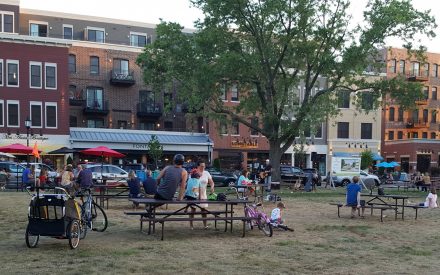



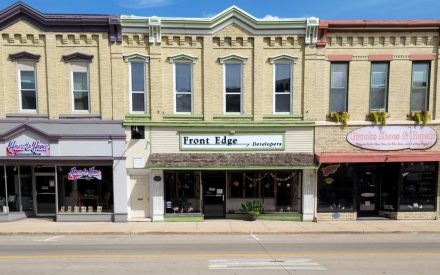
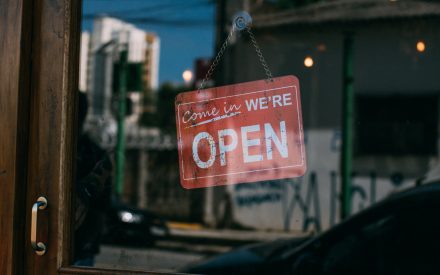
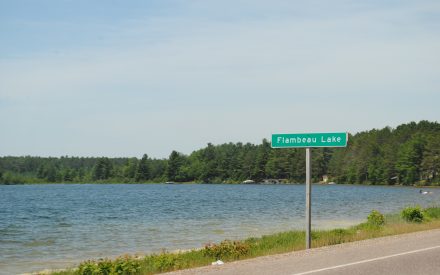
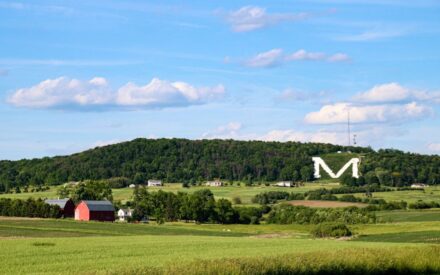
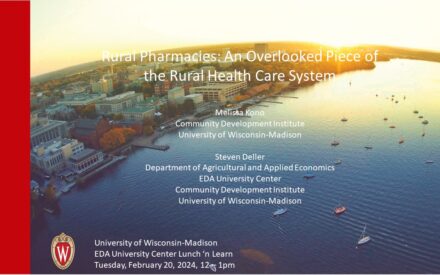
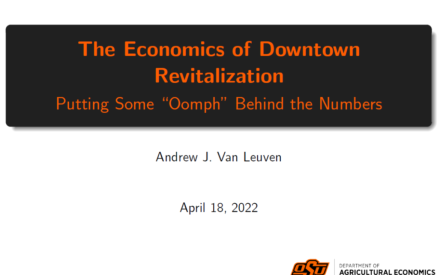

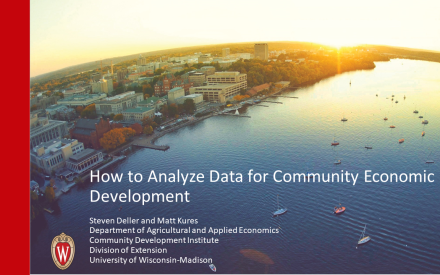 How to Utilize Data for Community Economic Development (Part II)
How to Utilize Data for Community Economic Development (Part II) How to Access Data for Community Economic Development (Part I)
How to Access Data for Community Economic Development (Part I) Focus Group Analysis Tips
Focus Group Analysis Tips Developing Questions for Focus Group Interviews
Developing Questions for Focus Group Interviews


